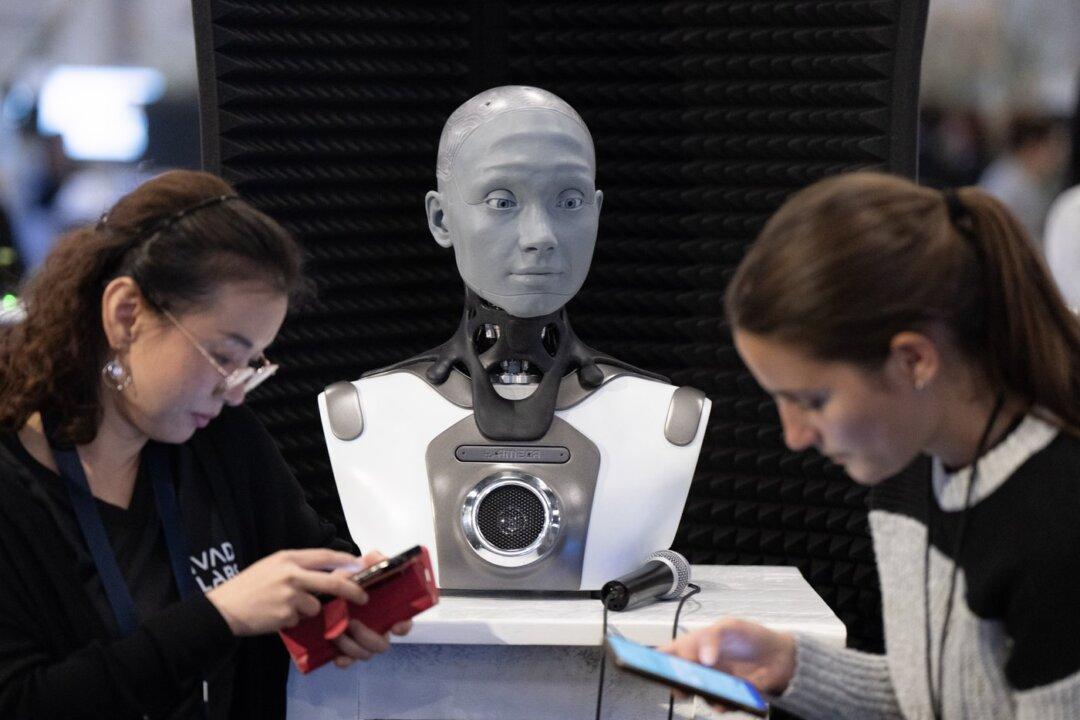The point at which artificial intelligence rivals the intelligence of a typical human is still more than five years away, according to an AI leader at Meta Platforms Inc.
On Jan. 8, Yann LeCun, vice president and chief AI scientist at the Menlo Park, California, social media giant and technology company, expressed skepticism about comments recently made by OpenAI CEO Sam Altman that the technology industry could soon develop so-called artificial general intelligence, or AGI.





